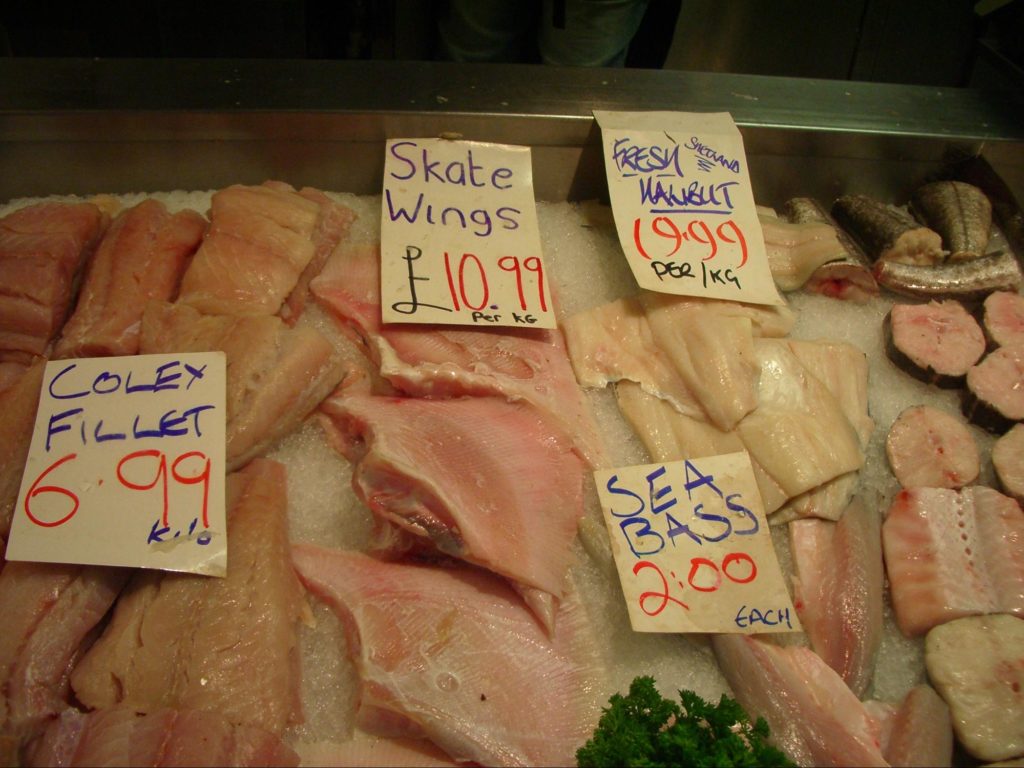“Ray” or “Skate” is the common name under which a number of different species of rays (cousins to sharks) fished from the Northeast Atlantic are commonly sold in supermarkets in Western Europe. They are also traditionally sold as ‘wings’, where the body and skin are removed making visual identification of these fish impossible. In our study genetic testing by DNA barcoding, a technique for characterizing species of organisms using a short DNA sequence, revealed a minimum of six different species currently being sold under the term “ray” in the United Kingdom and Republic of Ireland.
The great news for ray conservation was that none of these were among the severely declining and prohibited species, probably reflecting the current scarcity of these species and strong efforts of fishermen, stakeholder and conservation groups to avoid landing them. However, of the very few fish sold as “ray” that were packaged with detailed information describing the the species, only one third were found to be incorrectly labelled.
Despite this, three of the species identified (blonde ray, thornback ray and shagreen ray), all grow to a really big size making them potentially vulnerable to over-fishing. In particular, the blonde ray was the most commonly identified species but it has been awarded the lowest sustainability rating by the Marine Conservation Society’s Good Fish Guide, suggesting consumers should avoid purchasing them.
In the UK and Irish markets, very few products sold as “ray” came with any further information therefore more descriptive labels that identify the species of fish being sold would make it easier for shoppers to make responsible decisions when purchasing fish. The addition of further information, regarding stock or region of origin the fish, would also allow consumers to distinguish more (or less) sustainable stocks.
Are you the author of this article? We had a site crash back in 2016 and lost some author attributions. We promise this is not a snub! Please email us and let us know that this is your post. Thanks and apologies!


